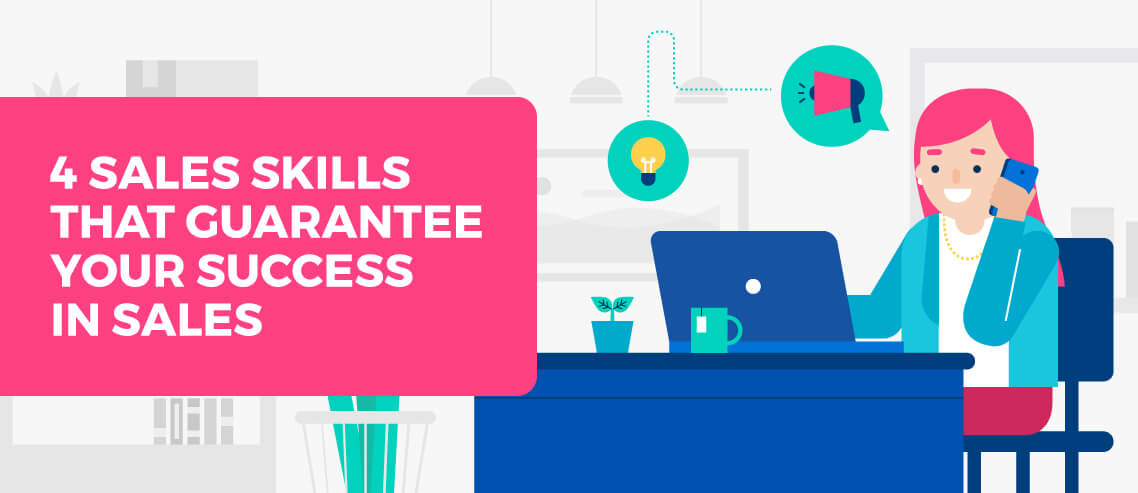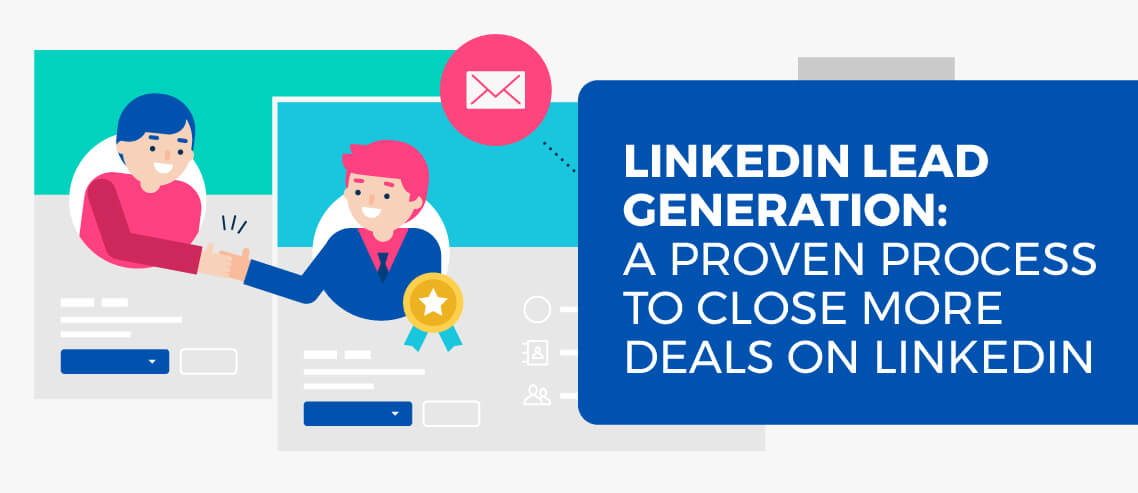How to Upsell: 8 Upselling Techniques for Salespeople
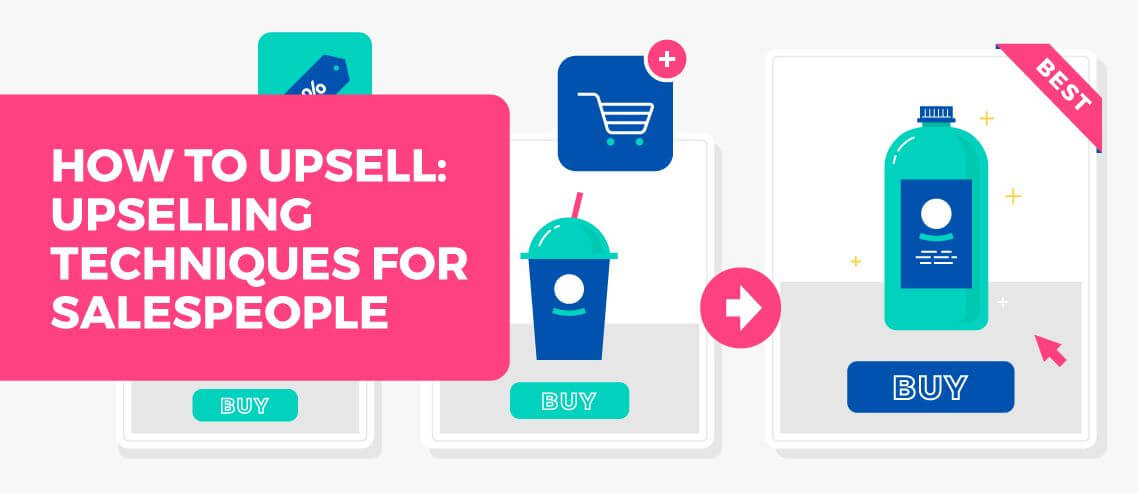
Contents
Upselling is an excellent sales tactic for both sales reps and their organization as a whole.
It boosts revenue, retention, and customer lifetime value (CLV).
However, upselling has a negative connotation for a lot of people because it often means being sold things that they don’t need or don’t want.
Because of this, sales reps often run into a psychological phenomenon called reactance when upselling clients. This occurs when a customer picks up that the sales rep is trying to push them in a particular direction, and reacts by resisting or pulling back.
The best way to avoid reactance is to remove the pressure of the upsell. Maintain the client’s trust by being transparent and only recommending what they need or what you think will provide them value.
With that in mind, here are eight of the top upselling techniques that you can start using today:
1. Help Them Upsell Themselves
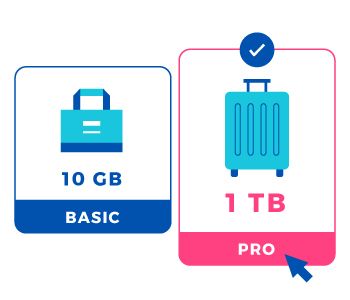 Given the right circumstances, customers can essentially upsell themselves. To get there, you have to step out of your own way and provide them with all the information they need to make the decision for themselves.
Given the right circumstances, customers can essentially upsell themselves. To get there, you have to step out of your own way and provide them with all the information they need to make the decision for themselves.
That means no hard pitch or drawn-out slide deck – just full transparency of what options are available to them and what benefits they might expect from choosing each one.
For example, if you’re a company like Dropbox and you’re selling to corporate accounts, you’ll likely have a tiered structure with different storage limits to meet the needs of different customers.
With each tier comes more storage, more benefits, and potentially less red tape or fewer obstacles. It naturally comes at a higher price, but if you optimize each tier to sell itself, that’s exactly what will happen. The company knows their needs and will pick which one fits them best.
2. Offer Relevant Products & Services
Technically, this is called cross-selling, but it’s a process similar to upselling and also offers similar benefits.
The key to cross-selling is making the pitch relevant to the client’s original purchase. A great example of this is the domain retailer Namecheap, which will set you up with your new website’s domain name. As you check out, they’ll ask if you want hosting, other variations of your domain, premium email, or better security.
Clearly, these services are all related to a domain name – Namecheap is pushing valuable add-ons that complement the initial purchase.
These types of cross-sales and upsells are extremely common. For example, major electronic retailers often offer “protection plans” that cover or reduce the costs of replacing or repairing your item. Offering these additional products or services during or immediately following the sale makes customers more likely to see the value in them and add them onto their purchase.
3. Pitch Ideas Over Upgrades
When upselling a product or service, give it a purpose. Telling customers that they may need more storage isn’t as effective as giving them a plan to bring on more customers in order to warrant more storage.
Show them that you care and will put in the work to not only understand their problems, but help solve them.
Don’t jump right to the solution when someone tells you that they have a problem. Instead, aim to create value through your questions. The goal is to understand why they feel that way. Figure out what’s behind those beliefs.
Some examples of questions to ask in order to help you do so include:
- “Help me understand why you say that.”
- “What would you say this challenge is costing you?”
- “If we solved this problem for you, what would it mean in additional revenue, profitability, or added bandwidth to your business?”
4. Upsell at a Discounted Rate
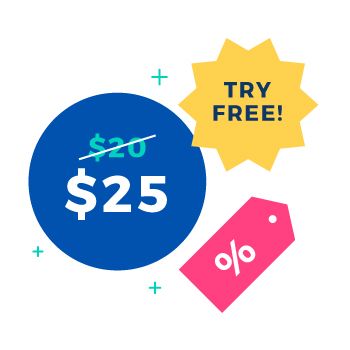 The upsell has to feel like a great deal. It’s best to upsell a larger quantity at a greater discount, or more features for cheaper. A good rule of thumb is making the upsell half the cost (or less) of their first purchase. They’ll think, “what’s another $25 if I’m buying something for $50?”
The upsell has to feel like a great deal. It’s best to upsell a larger quantity at a greater discount, or more features for cheaper. A good rule of thumb is making the upsell half the cost (or less) of their first purchase. They’ll think, “what’s another $25 if I’m buying something for $50?”
If you’re doing multiple upsells, then use the Rule of 25, which helps you avoid increasing their total cost to more than 25% of the original sale. Adding a drink to your order is typically 25% more. It’s also about 25% more to upgrade your Tesla Model X from the Long Range package to the High-Performance package.
The Rule of 25 ensures that they won’t feel overwhelmed or get buyer’s remorse later. If you do decide to go with more expensive upgrades, consider offering up options for payment plans as they create the illusion of lower prices. Or, you could lower the price if they pay annually.
5. Master the Art of Upsell Timing
Getting your timing right is everything. If you’ve got a customer on the hook and they’re ready to purchase, then don’t give them a reason not to. Focus on upsells after the original purchase.
Being pushy or too salesy with all of your upsells can tank the deal. Focus on closing the deal, then follow up with the upsell.
Now that the deal is done, strive to make it easy to say yes again.
Find a way to gauge your client’s progress towards hitting their goals or solving their problems so you can time your next upsell accordingly. Upselling is much easier when you help them get a win.
Once you demonstrate your expertise and effectiveness, you’ll have a more relaxed conversation about future opportunities. And once they’ve hit a certain milestone, it may actually make sense to upgrade their service or purchase other value-added services that you sell.
6. Follow the Methods of Socrates
The Socratic method – first introduced by Greek philosopher Socrates around the 5th century BCE – is a form of cooperative argumentative dialogue or conversation between two or more individuals, based on both asking and answering questions that stimulate critical thinking and draw out ideas as well as any underlying presuppositions.
Think of it like a conversation with a doctor. They’re not selling you – they’re telling you why you need something, and it becomes a two-way dialogue.
Do the same with your sales discussions. Rather than leading with a pitch, you can continue your line of questioning after the original sale is complete in order to find upsell opportunities. If the conversation goes well, then the presentation or pitch will feel more natural.
7. Make it Easy to Say Yes
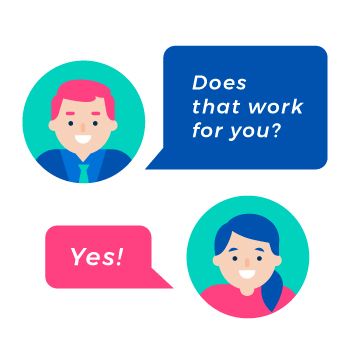 Closing the upsell is much easier under the right conditions. Begin by creating feedback loops in your sales track. If you’re talking for more than 45 seconds at a time, then pull people back into the conversation by asking questions like:
Closing the upsell is much easier under the right conditions. Begin by creating feedback loops in your sales track. If you’re talking for more than 45 seconds at a time, then pull people back into the conversation by asking questions like:
- “Do you see what I’m saying?”
- “Does that work for you?”
- “Is this making sense?”
Get them to keep nodding, saying yes, or affirming that they’re still following you. These are little moments of buy-in or mini closes. They build trust and condition customers to keep saying yes.
Next, you have to prepare for objections. You’re almost guaranteed to hit a wall or two, and going over some common objection handling techniques can make all the difference.
Adding in a guarantee can also help to eliminate the perception of risk. Customers may be wary of upsells, so find a way to make it feel easy to walk away. Money-back guarantees can work well, for example.
Social proof is another effective way to build trust with clients. If you demo the new product or service, try to provide some form of social proof. For example, a large organization like SalesForce might provide testimonials from a well-known customer like Hulu to show that other successful brands have purchased the product or service you’re trying to sell.
8. Show Compassion & Empathy
Customers buy from reps they like. Coming off as greedy is a surefire way to lose the sale. Focus on building the relationship and providing them extra value. Remember, it’s about them, not you – it’s about their concerns, their challenges, and what they care about.
People love to talk about themselves, so keep them engaged by encouraging them to share their goals and their fears. Practicing empathy and showing them that you care will go a long way to building trust and moving you closer to the sale.
It’s worth reiterating that you shouldn’t force the upsell. The long-term value of the customer is far more important than short-term gains. Also, if something feels off, then call it out. Say something like:
- “It seems like you’re distracted right now. Is now not a good time to talk about this?”
- “I’m getting the feeling that this doesn’t interest you. Am I reading you correctly right now?
Sometimes cutting to the chase can help – it cuts through the spectacle and provides a human moment. There’s a good chance that they’ll tell you exactly why things feel off and encourage you to finish your pitch. And if you get the opposite reaction, you’ll at least know what you’re up against or not to waste any more time on the upsell.


